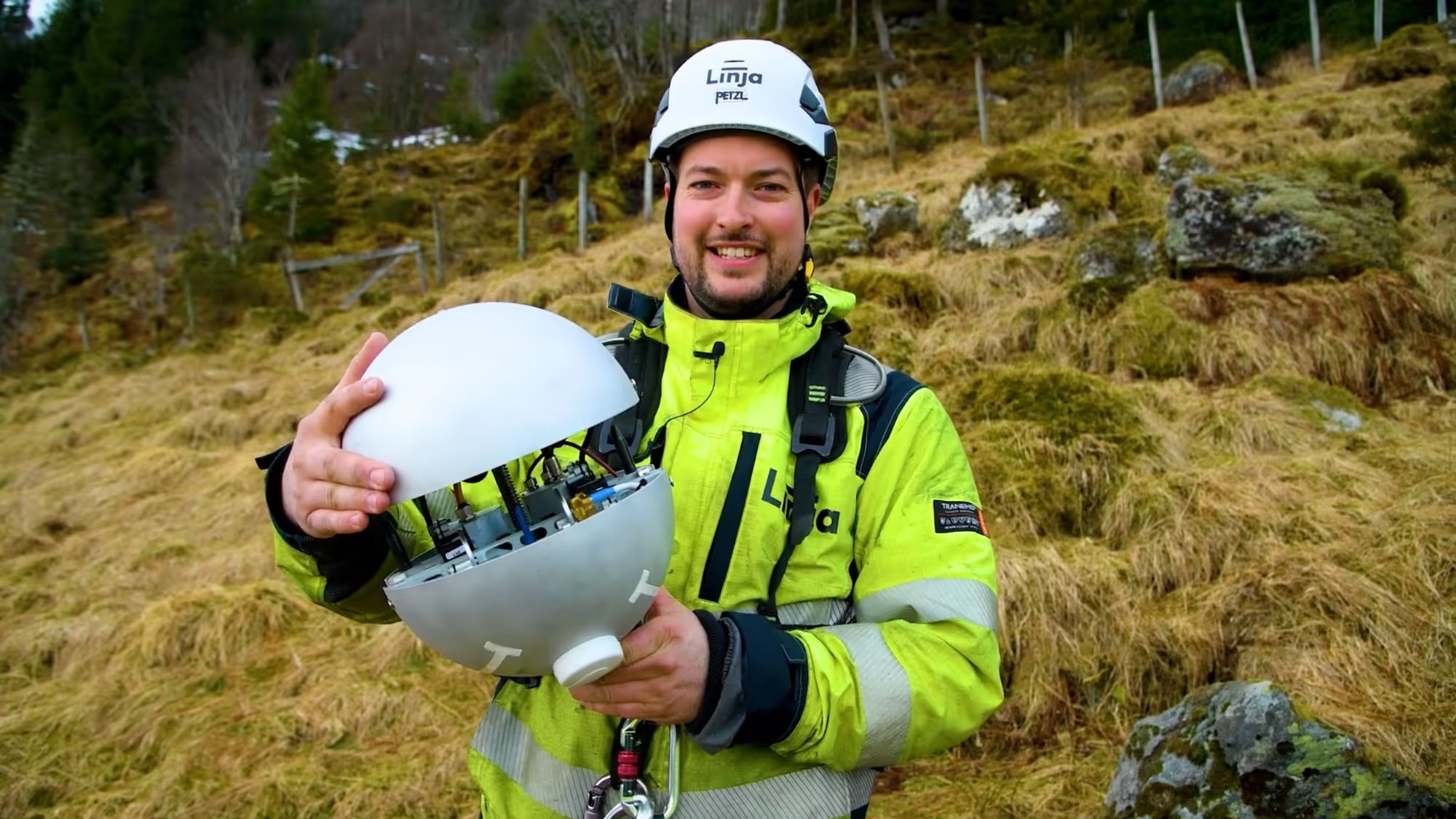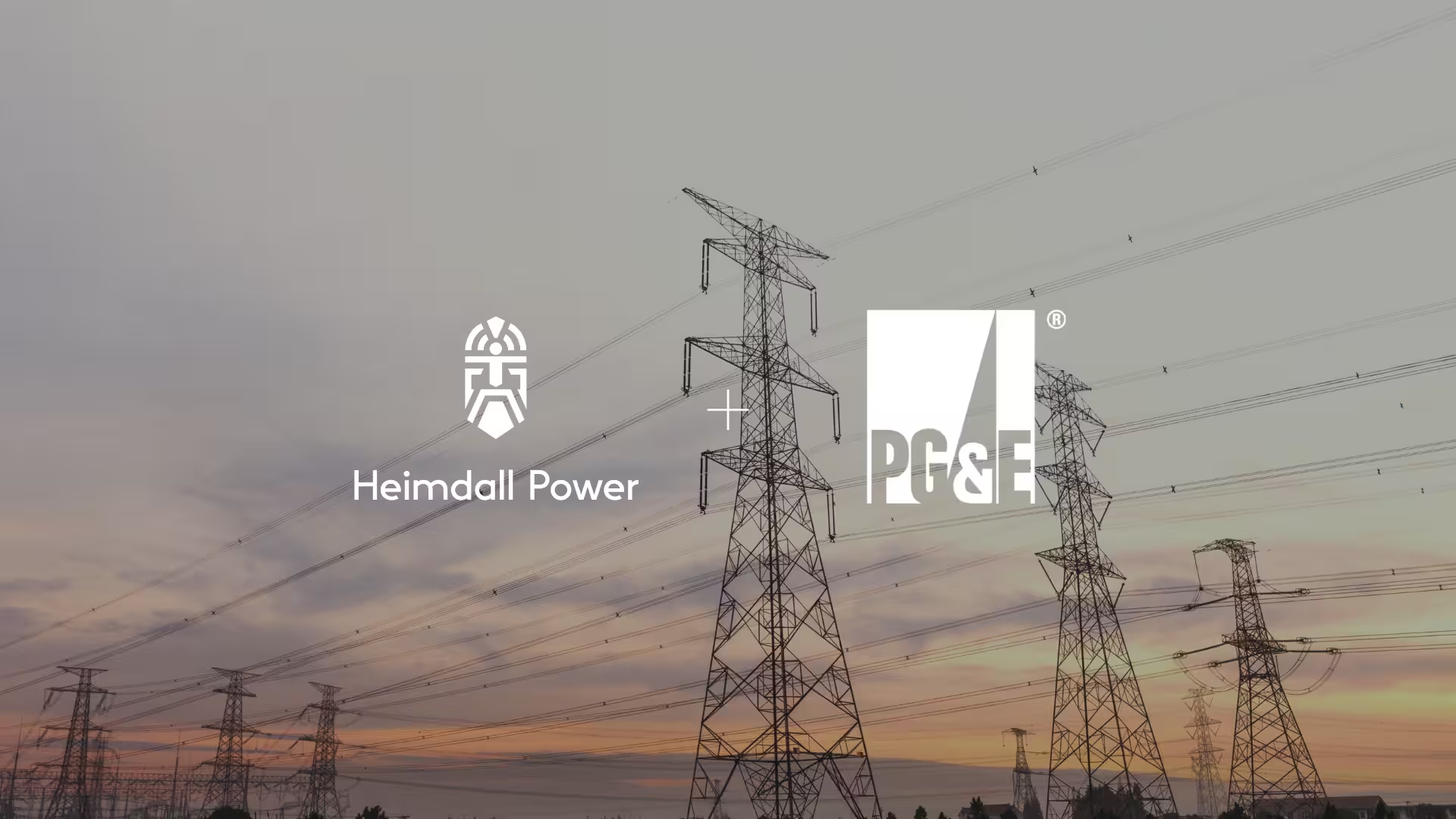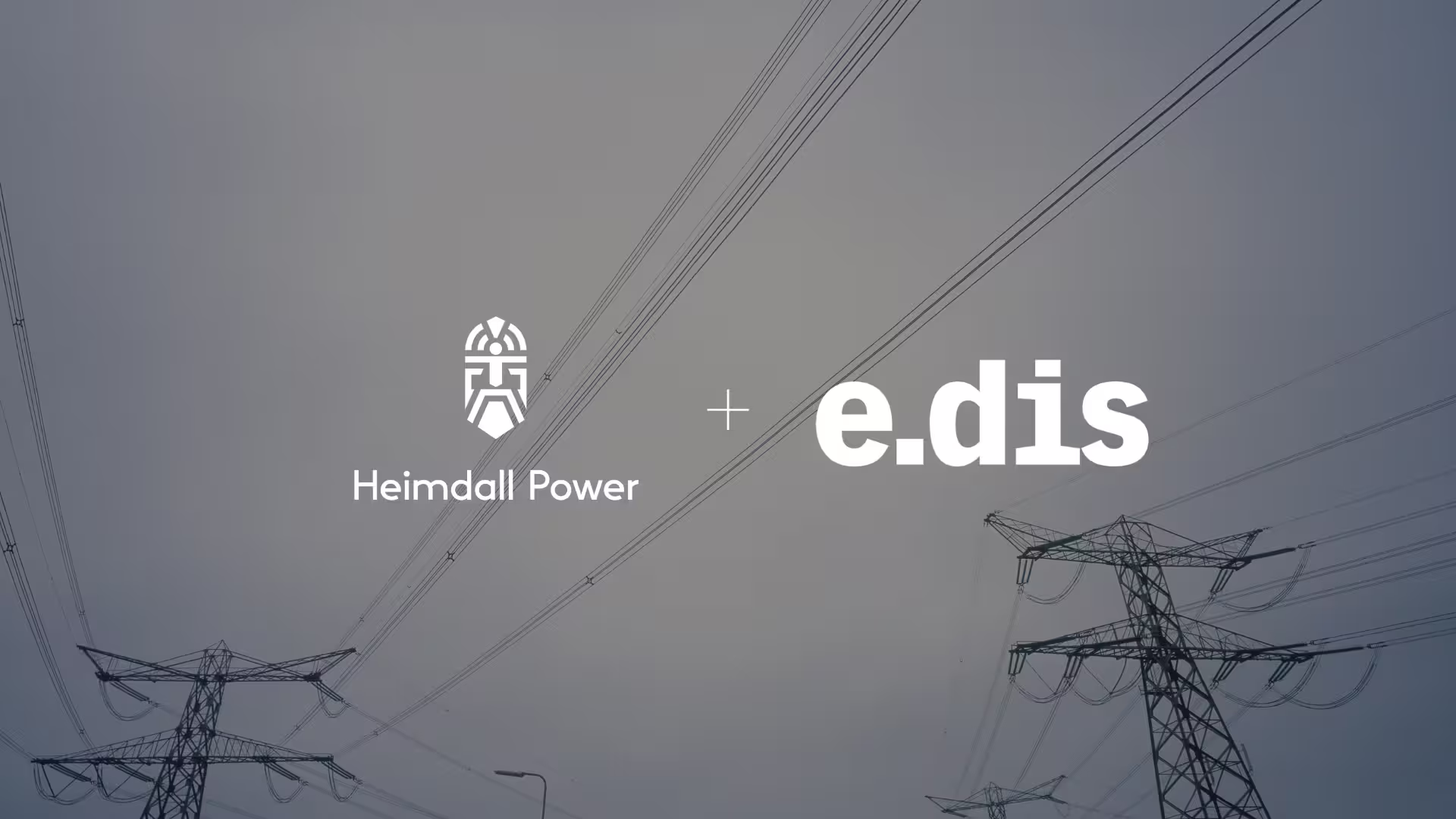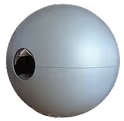The Norwegian DSO, Linja AS, kicks off a research project that will explore the use of overhead line sensors to monitor larger grid areas and identify the actual available grid capacity to provide input to a more optimized utilization of the power grid.
The research project involves several Norwegian grid companies, as well as the TSO Statnett, and is part of the Centre for Intelligent Electricity Distribution (CINELDI). The DSO is facing different challenges that they want to approach through two use cases. By using 15 overhead line sensors from Heimdall Power on critical spans, vital line parameters will be monitored and controlling approximately 30 km of high voltage lines in varying topographies.

“We are much aware on how the actual capacity of the line is varying with the weather, and that the overhead Power lines are the most fluctuating grid asset in terms of capacity. However, today we have little insight in how these variations contributes to the overall capacity in our grid, How this can be utilized in handling challenging situations, and to what extent this extra capacity can be used in practical operation situations. We believe getting this insight will help improve the current grid resilience and ensure better investment decisions for the increased load that is expected from changes in consumption and new, distributed power production.”
Kristen Skrivarvik, project leader at Linja.
Usecases
In the first case, there is a wind farm at the coast connected to the grid, along with additional, unregulated hydro power. The main goal for this installation is to see how weather conditions affects the capacity in the grid and how that correlates with production from unregulated power stations. Linja is interested to learn more about the correlation between wind production and cooling of the line to know to what extent and when the wind production can be potentially increased with the current infrastructure, and which actions needs to be taken to improve this capacity. Linja will also apply this insight to understand how the cooling effect on the lines in their grid can be utilized as more consumers are requesting more capacity from the grid.
The second use case is related to grid resilience and securing power flow to a large industrial plant. The current grid infrastructure consists of three parallel high voltage lines, supplying the industrial plant and transporting generated hydro power from mountain reservoirs. Today, there is a challenge to accommodate for both the optimal power generation and for the industry’s need for consumption at all times. During hot summer days, the power generation often needs to be regulated, at the expense of the TSO and society. The challenge is in particular related to how the N – 1 criterion, a contingency criterion, is met at all times. By getting insight to the actual available capacity and by having real time measurements of line temperature and clearance to the ground, the operators can safely allow for more power to flow on the line when needed as well as less need for regulating power production. As part of the line is located in the mountainous area, ice building on the lines will also be monitored to increase security of supply and prevent faults due to icing.
About Linja
The Norwegian DSO, Linja is an operator of 4,000 km of power grid of various voltage levels from low voltage distribution to high voltage regional transmission lines. The DSO is located in the western part of Norway and is considered a mid-sized grid operator per Norwegian standards. However, Linja is operating what can be characterized as a rather complex grid with large power consuming industries, distributing large amount of hydro power generation from the mountains and at the same time having few end customers (approx. 25 000).
Grid flexibility
The first three neurons have been successfully mounted on the first line. The sensors started to transmit data right after installation and are already giving Linja valuable insights. The project have a duration of three years, and in addition to using the actual grid infrastructure, data from the sensors will also be fed into the simulations at the National Smart Grid laboratory operated by NTNU and SINTEF to simulate how these data streams can be utilized as input to other flexibility options.
“During the 5 years of research we have done so far in the FME CINELDI program, we have gained much insight and conducted interesting studies on flexibility measurements that can be taken by the DSOs towards the end customers to operate the grid more efficiently. However, we have up until now not had a chance to study the potential in using the inherent flexibility in the grid itself” says Gerd Kjølle head of FME CINELDI. She states that it’s important that we learn how this can contribute in new smart ways to operate the distribution grid in connection with other flexibility options. Digitalization and reduced costs on IoT sensors open for such possibilities. “We are therefore very excited to launch this project along with Heimdall Power and the contributing DSOs, to learn more about the potential gains and possibilities”
About CINELDI
Centre for Intelligent Electricity Distribution (CINELDI) is one of the Centres for Environmental-Friendly Energy Research in Norway. CINELDI is led by Sintef, and has several Norwegian grid companies as partners. The centre works towards digitalising and modernising the electricity distribution grid for higher efficiency, flexibility and resilience.
The first results from the project are expected to be ready this summer. Together with scientists at FME CINELDI and the DSO Linja, Heimdall Power will explore the opportunities for using the insight and data from this project into daily operations, and how this will benefit the customers and society, and improve the efficiency in grid operation, planning and investment.
Please contact Therese to know more
Therese Åsheim
Account Manager
therese@heimdallpower.com




